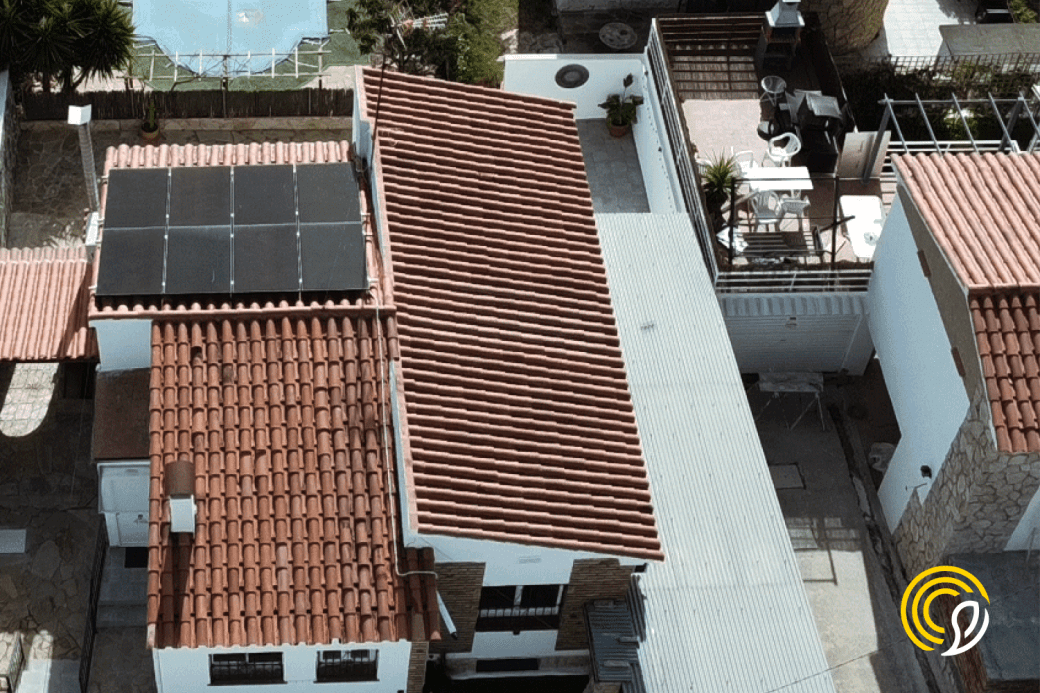
Structure of solar panels: What are they?
Claudia Pardo
2 min read
ÍNDICE
Solar panel structures, more commonly known as anchor structures, are the set of components designed to support and secure the solar panels in place.
When carrying out a photovoltaic installation, one of the most important points to bear in mind is the anchoring structure we use, as it is the key component for effectively and securely positioning the solar panels.
Solar panel structures, in addition to maintaining the ideal orientation to capture the maximum solar radiation, must withstand wind, rain and snow, which is why it is important that they are sized correctly with the solar panels being installed.
The truth is that as technology evolves, so do innovations in solar panel mounting structures. This growth is due to several factors, including increasing demand for renewable energy, diversification of installation environments, and advances in materials and engineering techniques.
Below, we will detail the most common types of anchor structures, their advantages and disadvantages, as well as the materials used to manufacture them.
Types of structures
The choice of anchoring structure in the photovoltaic installation depends on the particular characteristics of each project.
For this reason, it is essential to analyse all factors carefully in order to determine the best option, as the right choice of anchoring structure can influence the performance of a PV system.
In this context, it is important to understand the different types of anchoring structures available, each with its own characteristics, advantages and disadvantages.
Roof installation
This type of anchoring structure is used to install solar panels directly on the roof. It adapts to different types of roofs, whether flat or pitched.
Advantages: Uses existing space without requiring additional land, making it ideal for urban or residential areas where space may be limited.
Disadvantages: Installation may be limited by roof orientation and pitch, which are not always ideal for optimal performance. In addition, some roofs may require structural reinforcement to support the additional weight.
Materials: Predominantly aluminium and stainless steel, which offer a good strength-to-weight ratio and corrosion resistance.
Floor installation
Consists of structures that are installed directly on the ground, allowing greater flexibility in the orientation and inclination of the panels.
Advantages: Possibility of optimising the orientation and inclination to maximise solar gain. Suitable for large solar installations such as solar farms.
Disadvantages: Requires a larger amount of space and a higher initial investment.
Materials: Galvanised steel is normally used to ensure durability and resistance to rust and corrosion under different climatic conditions.
Solar tracking systems
These structures allow solar panels to move to follow the sun throughout the day, adjusting their tilt and orientation to optimise sunlight collection.
Advantages: Can significantly increase the efficiency of solar panels, in some cases by up to 25% or more, compared to fixed installations.
Disadvantages: These types of systems are more expensive in both initial investment and maintenance. They are also more susceptible to mechanical failure.
Materials: A combination of steel for the structure and advanced electronic and mechanical components for motion control.
Start today!
Fill out our free solar calculator and get a custom quotation